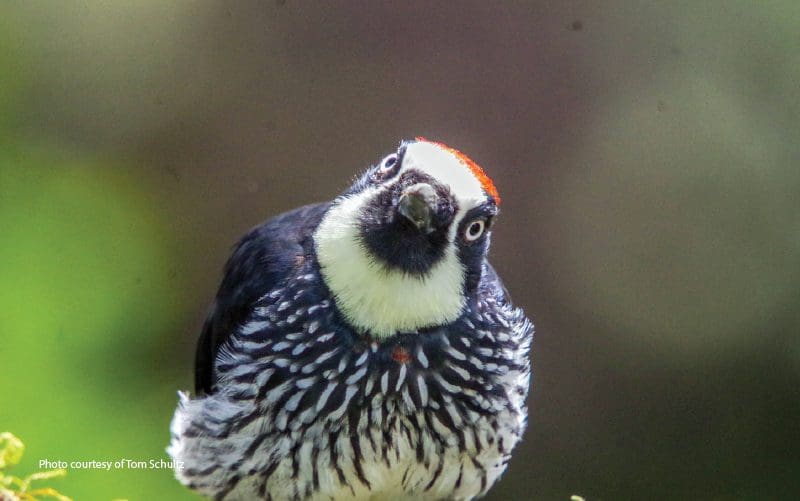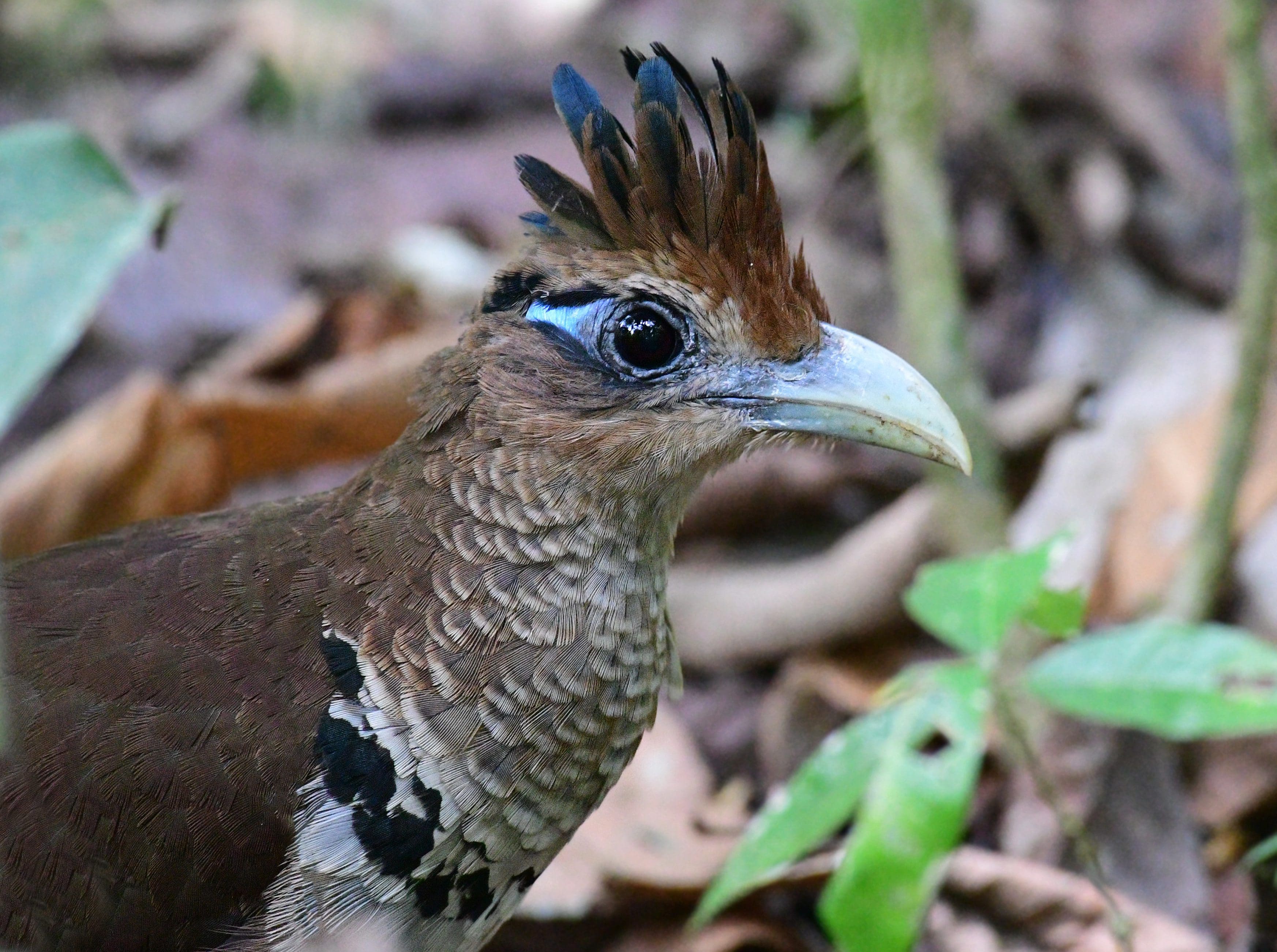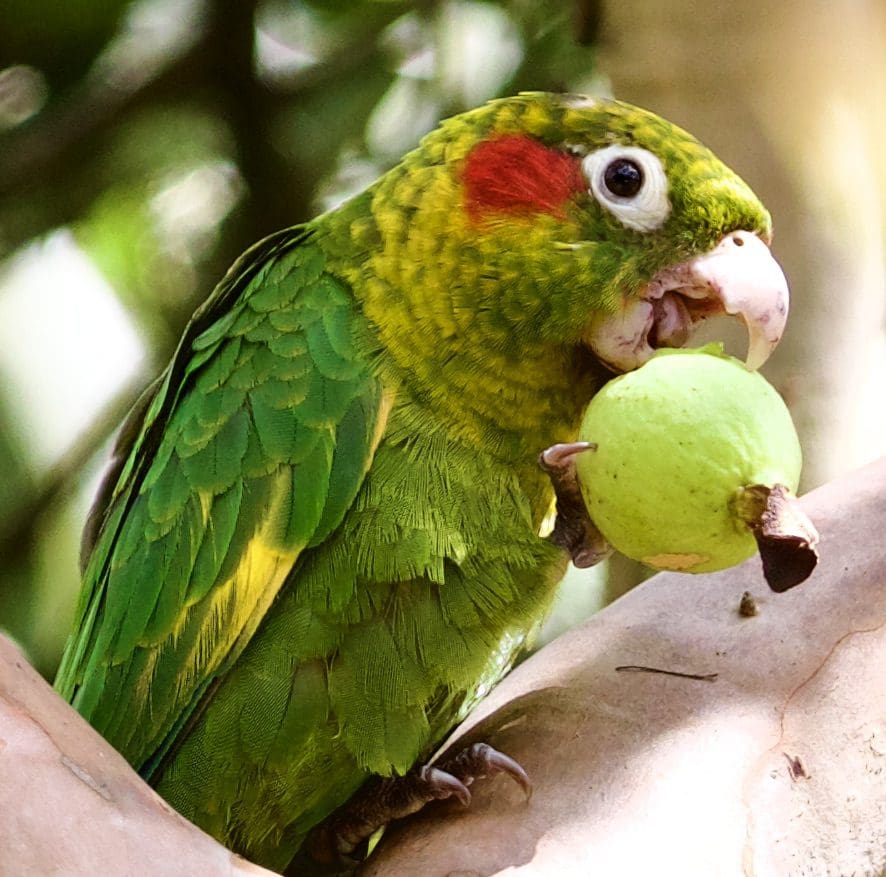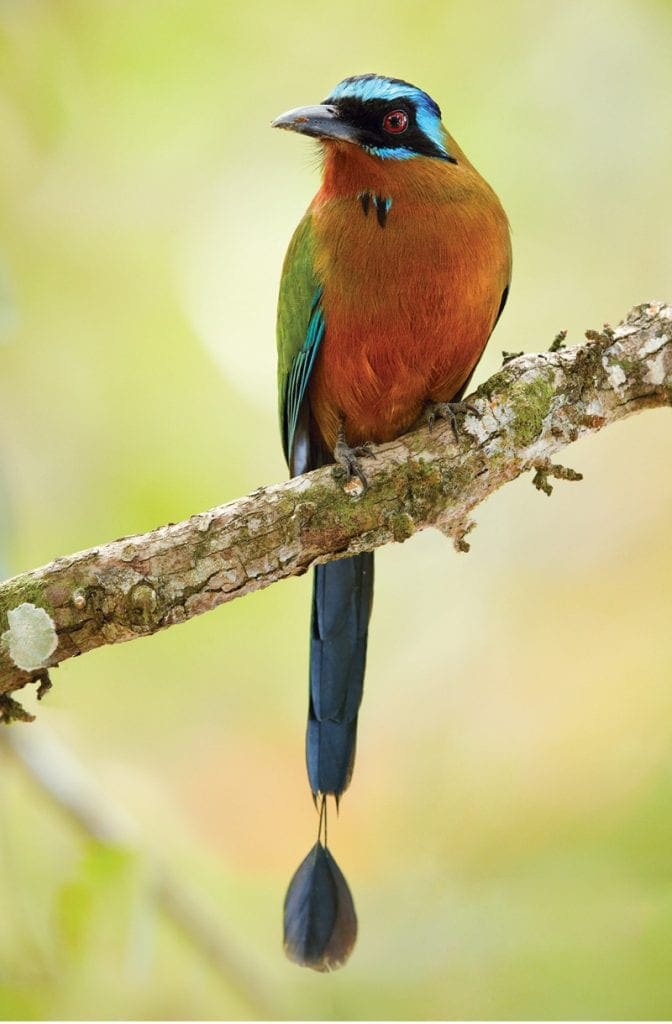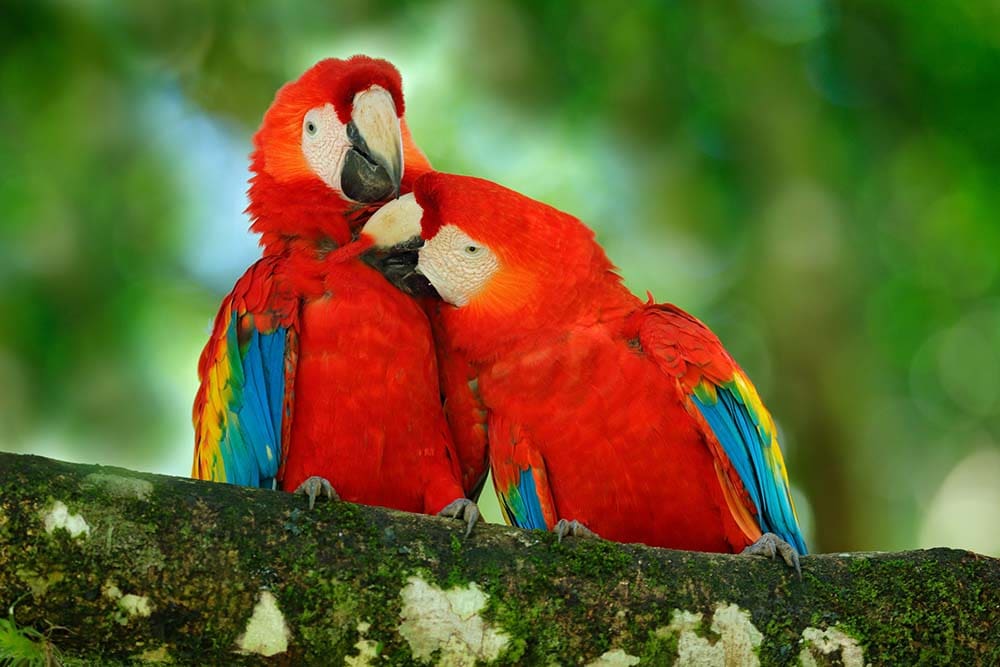
Macaws Making a Costa Rican Comeback
Scarlet Macaws Making a Costa Rican Comeback: The Return of a God. Depicted as the fiery god of light, Itzamna, in ancient Mayan legends, the scarlet macaw (Ara macao) is unmistakable. With a wingspan of nearly five feet and a squawk that can’t be ignored, these majestic birds are crowd pleasers that seem to love the attention. Always a treat for tired eyes, the lapas rojas, as it is known in Spanish, appears on the must-see list of most visitors to Costa Rica.
But it was almost not to be. From near extinction through ultimate survival and revival, the macaw’s Costa Rican comeback is an inspiring story of committed conservationists.
As the 20th century dawned, the species was widespread across 85% of the entire country. By 1980 it was almost gone. What happened?
 Scarlet macaws in Costa Rica suffered two grim fates. First, they ate almost exclusively mountain almond (almendro amarillo). Deforestation, which peaked in the 1950s, had a devastating effect on the treed habitats these birds relied on both for food and nesting. The second problem, still persisting to some extent, was their popularity as pets. Since macaws mate for life, the loss of so many individual birds to the pet trade meant equal numbers would never breed again.
Scarlet macaws in Costa Rica suffered two grim fates. First, they ate almost exclusively mountain almond (almendro amarillo). Deforestation, which peaked in the 1950s, had a devastating effect on the treed habitats these birds relied on both for food and nesting. The second problem, still persisting to some extent, was their popularity as pets. Since macaws mate for life, the loss of so many individual birds to the pet trade meant equal numbers would never breed again.
Reflecting concerns about these combined deadly threats, one reason for creating Carara National Park in the late 1970s was to protect Costa Rica’s only remaining population of just a few dozen macaws.
The Scarlet Macaw’s Costa Rican comeback
is an inspiring story of committed conservationists.
Recovery pathways
Another turning point in the 1980s was the inception of a parrot conservation center called Amigos de las Aves by a well-traveled expat couple, Margot and Richard Frisius. Confiscated macaws were donated to the center by the Ministry of Environment or private sources of unwanted pets. The impact of human imprinting made these birds unsuitable for release to the wild. Instead, they were rehabilitated with the goal of reproducing offspring that could ultimately fly free and in a natural forest habitat.
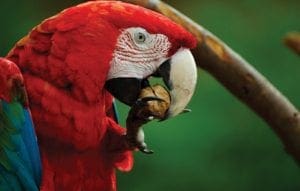 Margot and Richard Frisius continued overseeing an ever-expanding collection of birds until their deaths in 2008 and 2010, respectively. Meanwhile, partnerships of like-minded conservationists emerged such as the Ara Project.
Margot and Richard Frisius continued overseeing an ever-expanding collection of birds until their deaths in 2008 and 2010, respectively. Meanwhile, partnerships of like-minded conservationists emerged such as the Ara Project.
Starting in the late 1990s, the release of captive-raised macaws initiated by the Frisius project, its collaborators and other groups, have been successful. As more organizations got involved, activities concentrated on three geographic areas of reintroduction: the Carara region (building on the small remaining core population at the national park site), the Osa Peninsula and the Nicoya Peninsula.
Coastal areas gave the birds a promising chance for renewal. They learned to eat the common beach almond as a replacement for their natural mountain almond diet, while adapting to about 20 new fruit and nut food sources.
Today in Costa Rica, scarlet macaws can be seen in four locations. The largest population — estimated at 1,100 — is in the Osa Peninsula, followed by Carara National Park and the biological corridor extending to La Cangreja National Park, where the latest counts exceed 300. The Nicoya Peninsula is home to smaller numbers of macaws, including in Curu, Punta Islita and recently the Pinilla-Playa Avellanas area (see related Howler article). Finally, the presence of macaws in the northern Caño Negro region suggests they are crossing the country towards the Carribean.
Ending on a personal note, there is hope in my own backyard. We purchased 35 aces in the hills of Puriscal, behind the above-mentioned biological corridor. By replanting the cow pastures with trees that once grew here centuries ago, our goal is to attract birds that were reforestation casualties back to this region. Just three years into our undertaking last spring, we saw a pair of macaws fly over our finca, then return a few days later looking for a nesting spot. It was the first recorded sighting this far inland in over 50 years. Welcome back, Itzamna!
Video information:
My name is Mark Barkan, and I am both an ornithologist and a videographer. Combining my love for birds and my passion
for visual storytelling, I have dedicated my life to capturing the beauty of avian life through stunning videos.
From an early age, I was captivated by the world of birds. Their vibrant colors, intricate behaviors, and melodious songs.
My website
Youtube Channel
Discover related articles

